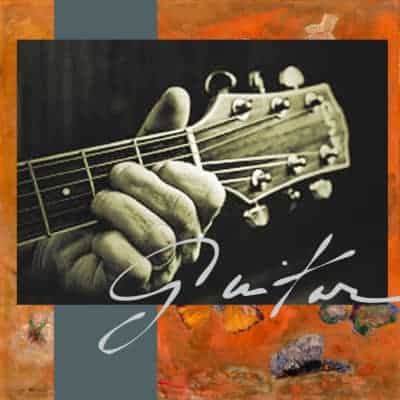
SOMETHING OLD, SOMETHING NEW, SOMETHING BORROWED…
Mátyás György Seiber and the folksong
At heart I must be utterly simple. And what I so love about song, I doubly love in folksong. Fortunately, I am not alone, and many a decent composer, even many renowned ones, have a soft spot for these direct and unpretentious melodies – ones that have been around so long, no one knows or cares who wrote them. Good enough for Bach, good enough for me, I say.
Our program features two of the Four French Folksongs for guitar and voice of Hungarian composer, Mátyás György Seiber (1905 – 1960).

You may not have heard of him, but perhaps you have heard of his composition teacher in Budapest, Kodály? Like Joseph Canteloube, who famously collected and set the Chants d’Auvergne, these Hungarians, teacher and student, took off into the countryside to “collect” old songs as one would posies. Borrowing these old melodies, they turned them into something new. I love everything about this.
Thus Mátyás Seiber burnished his taste for music that was off the beaten path, collecting and celebrating the folksong, studying ancient plainchant, writing treatises on American Jazz, scoring for film and even dabbling in serial music. Somewhere along the way, he set the exquisitely tender and playful French Folksongs. They were written for his friend, guitarist Julian Bream who edited them.
Here you can listen to a very sweet-voiced tenor who resides on the other side of our state, Richard Kennedy, performing them just last year at Penn State. I’ve listened to many, and this is one of my favorite recordings. So delicately sincere. See what you think.
And here is a performance of the first song of the set, as the composer himself might have heard it before his untimely death in a car accident in Africa. It is performed by his two friends, Julian Bream and Peter Pears.
Leaving you with one last rabbit hole to go down as you consider old, old songs. Here is a fascinating article posted on Classical FM digital radio about an ancient melody that is reported to be the oldest discovered. You can view the clay tablet it is inscribed upon, with Cuneiform text and hear a recreation of the melody dating back some 3400 years. And you can follow more links to hear more old music, including a gorgeous haunting Icelandic song that is 800 years old.
Isn’t life grand?
Yours until we hum and strum together on April 3 and 4, 2018, Suzanne
